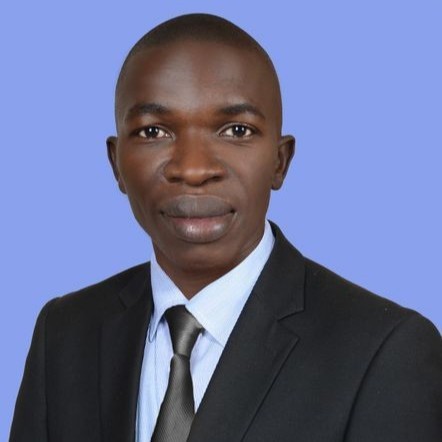In a remarkable stride toward improving public health and quality of life, Uganda has made significant progress in ensuring access to clean and safe water for its citizens. According to recent data released by the Ministry of Water and Environment, over 33 million Ugandans now have access to safe drinking water.
As of 2023, the Ugandan government had successfully constructed a staggering 150,837 water supply facilities across the country. This ambitious initiative included a diverse range of water sources tailored to suit the needs of various communities. Among these installations are 42,007 deep boreholes, 21,722 shallow wells, 29,261 protected springs, 37,480 public stand posts, and 20,367 rainwater harvesting tanks.
In 2023, 33 million individuals in Uganda had access to safe water services, although at least 14 million still remained without this essential resource. According to recent data from Macrotrends, the percentage of the population with access to clean water in Uganda in 2022 was 18.68%, reflecting a 0.98% rise from the previous year when the percentage stood at 17.70%, which itself represented a 0.96% increase from 2020. For that year, the clean water access rate was 16.75%, indicating a 0.94% growth from 2019.
See also: Water pollution in Uganda: A growing concern
The significant investment in clean water infrastructure came in response to the alarming rates of waterborne diseases that have plagued many regions in Uganda. Diseases such as cholera, dysentery, and typhoid fever have historically resulted in high morbidity and mortality rates, particularly among vulnerable populations, including children and the elderly. The government recognizes that clean water is not simply a basic human right, it is also a vital determinant of health, education, and economic productivity.
Transforming lives through access to clean water
The country’s commitment to improving water access has had a profound impact on the lives of Ugandans. Communities that once struggled with limited or contaminated water sources are now benefiting from reliable, safe water supplies. Take the village of Kanyogoga in Mukono District, for instance. Just a year ago, residents faced daily challenges accessing clean water, often resorting to unsafe sources that exposed them to waterborne diseases. Today, thanks to the installation of a deep borehole, families can collect clean water just a stone’s throw away from their homes.
“This borehole has changed our lives,” explained Harriet Nampijja, a mother of three. “My children no longer fall sick, and I can focus on their education instead of worrying about their health.”
Similar success stories are becoming much more common across Uganda as investments in community education programs to promote hygiene and sanitation practices are also on the rise.
A collaborative effort for clean water access
The journey toward achieving universal access to clean water in Uganda has been far from easy. It has required extensive planning, investment, and collaboration between the government, non-governmental organizations, and local communities. Partnerships with international agencies such as UNICEF and the World Health Organization have also played a pivotal role in mobilizing resources and technical support for water supply projects.
The Ministry of Water and Environment has emphasized the importance of sustainability in water management.
“We are not just building facilities; we are empowering communities to manage their water resources effectively,” said Minister Sam Cheptoris during a recent press conference. “This is a collective responsibility that requires active community participation in maintenance and management to ensure these facilities remain operational for years to come.”
Local water management committees have been established to oversee the upkeep of water facilities, ensuring that these are maintained and repaired as needed. This grassroots involvement is crucial to foster a sense of ownership and accountability among community members.
Challenges ahead
While Uganda has made commendable progress, challenges remain. Despite the impressive numbers, there are still areas, particularly in rural regions, that lack adequate access to clean water. Moreover, climate change poses additional threats to water supply sources, necessitating innovative solutions to capture and store water during dry spells.
See also: Water crisis: Will Uganda achieve its pledge for clean water for all by 2030?
The government is actively exploring rainwater harvesting techniques and investing in water conservation initiatives to combat these challenges.
“Climate resilience is a priority for us,” Minister Cheptoris added. “We are exploring new technologies and methodologies to ensure that water supply is consistent, even in the face of climate variability.”
Looking to the future
As Uganda celebrates its successes in providing clean and safe water, the government remains steadfast in its commitment to achieving universal water access by 2030.
“The vision is not merely to increase the number of facilities but to ensure that every citizen has reliable access to clean water that meets national and international health standards. The journey is ongoing, but the progress made thus far instills hope and sets a powerful example for other nations grappling with similar challenges” commented Aisha Sekindi the Minister of State for Water.


